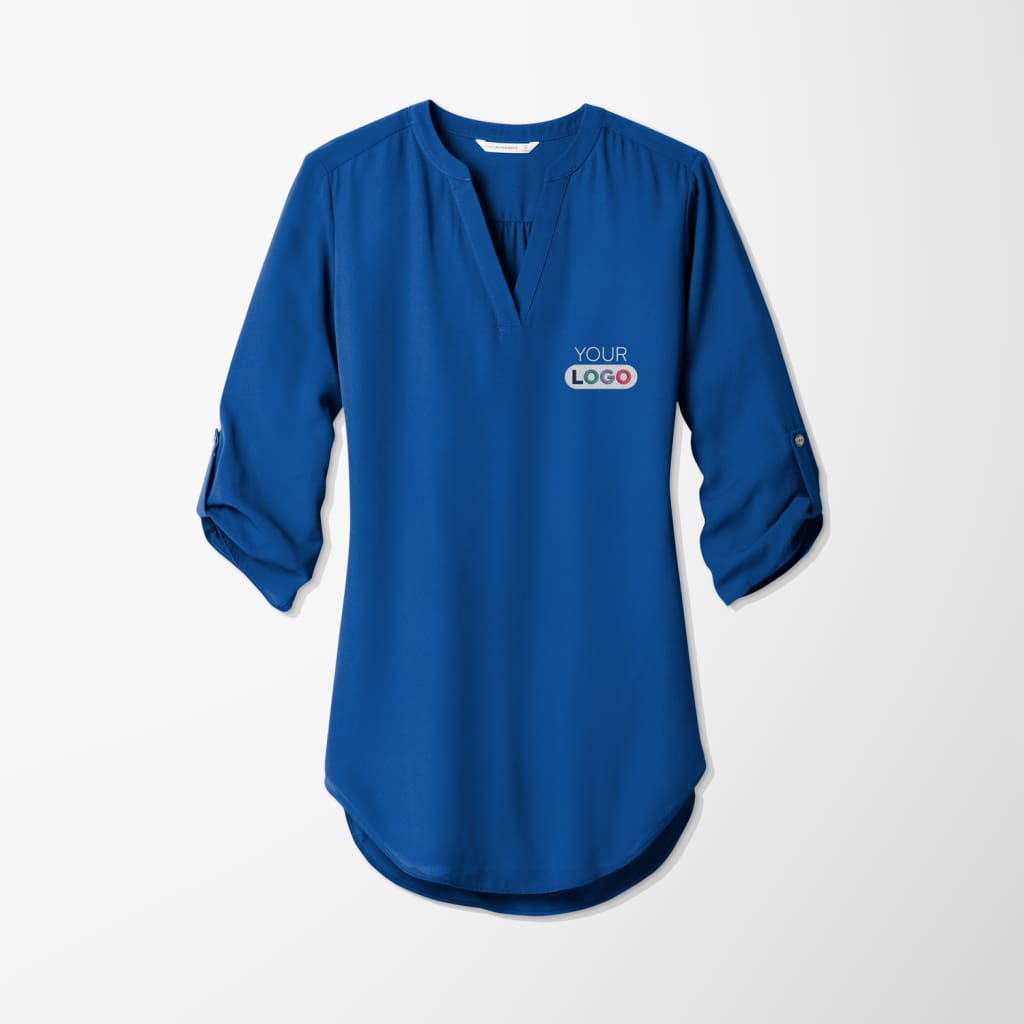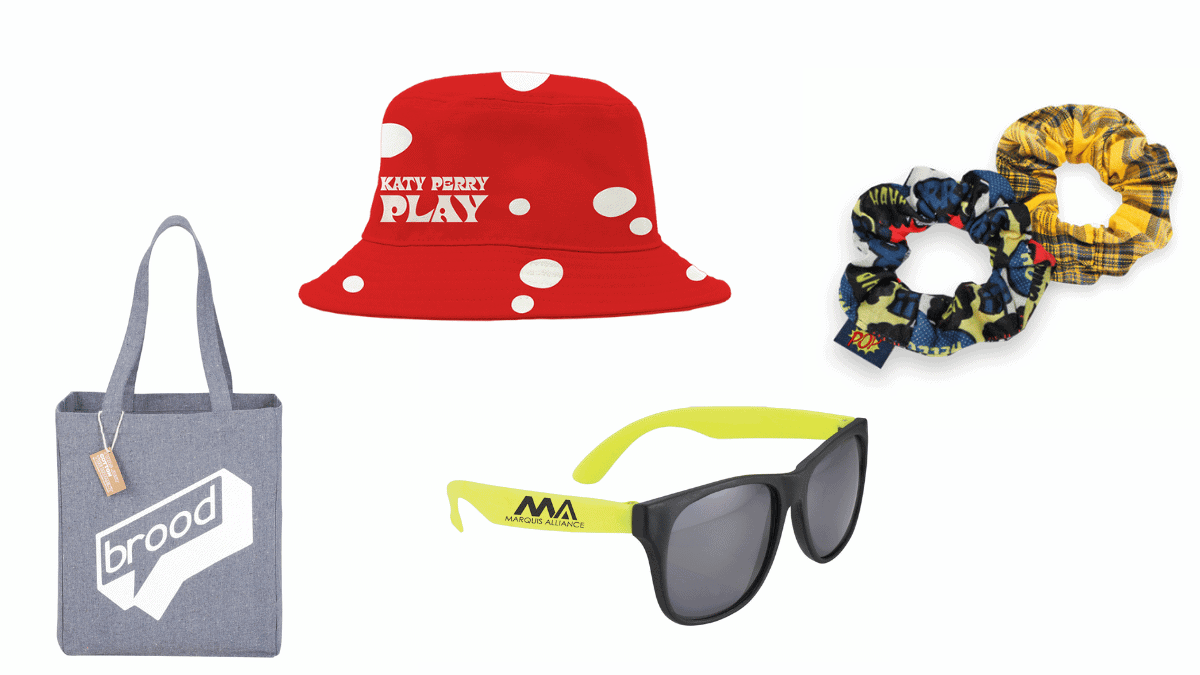Fabric Fit Guide: How to Pick Branded Clothing That Moves With You
Fabric Fit Guide: How to Pick Branded Clothing That Moves With You
Blog Article
Understanding Clothing: The Importance of Textile Options in Your Wardrobe
The choice of fabric in garments plays an essential role in both visual appeals and performance. Various materials supply differing levels of breathability, durability, and comfort, straight influencing the user's experience. Recognizing these subtleties can enhance one's wardrobe substantially. Numerous overlook how these options can affect not just individual design, yet also sustainability. What textile decisions could redefine your closet and straighten it with both style and obligation?
The Duty of Fabric in Fashion and Capability

Usual Material Types and Their Attributes
When picking clothes, understanding the attributes of common fabric types is important for making informed choices. Cotton, a widely-used all-natural fiber, is known for its breathability, adaptability, and soft qualities, making it suitable for sportswear and day-to-day garments. Bed linen, an additional all-natural choice, boasts exceptional moisture-wicking properties and a distinct structure, suitable for warm climates.Wool, typically preferred for its heat and sturdiness, differs in fineness; merino woollen is soft versus the skin, while coarser kinds are utilized for outerwear. Artificial textiles like polyester and nylon supply sturdiness and resistance to creases, making them prominent for activewear and traveling garments. Ultimately, blends, which combine all-natural and artificial fibers, can enhance performance while keeping comfort. By acknowledging these textile features, individuals can select clothes that aligns with their way of living and visual preferences.
Breathability and Comfort: Selecting the Right Fabrics for Various Environments
Choosing the best fabrics for numerous climates can greatly boost comfort and overall wearability. Breathable materials are necessary in warm climates, as they permit air blood circulation and wetness dissipation. Fabrics such as cotton, bed linen, and moisture-wicking synthetics properly draw sweat far from the body, keeping the user cool and dry. Conversely, in colder environments, thicker fabrics like woollen or fleece supply insulation while keeping breathability, making sure warmth without overheating.Additionally, the choice of material weight plays an important role; lightweight materials are more effective for summer season, whereas larger alternatives are matched for wintertime wear. Recognizing the unique residential properties of each fabric makes it possible for individuals to dress appropriately for varying climate condition. Eventually, selecting comfy and breathable fabrics customized to certain climates can substantially enhance daily convenience and boost the general experience of wearing apparel.
Sturdiness and Treatment: Just How Fabric Impacts Long Life of Your Wardrobe
Choosing the right materials can considerably influence the toughness and treatment needs of a closet. Fabrics such as cotton and polyester are known for their resilience and ease of maintenance, making them suitable for daily wear. In contrast, fragile products like silk and lace need even more careful handling and specialized cleansing methods, which can boost the moment and initiative required for care. Branded Clothing.Durability is likewise influenced by the textile's weave and coating; securely woven textiles often tend to withstand deterioration much better than loosely woven alternatives. Additionally, synthetic blends commonly give boosted toughness, incorporating the most effective top qualities of several fibers.Understanding the treatment directions for each material is essential, as improper washing or drying can cause premature wear. Ultimately, selecting sturdy products can lead to a longer-lasting wardrobe, reducing the frequency of substitutes and adding to a more sustainable style choice
The Effect of Material on Fit and Shape

Lasting Fabric Choices: Making Eco-Friendly Choices
The effect of material prolongs beyond fit and shape to incorporate environmental elements, triggering a growing interest in sustainable textile selections. Environmentally friendly textiles, such as natural cotton, hemp, and Tencel, are getting grip amongst consumers that prioritize sustainability in their wardrobes. These materials are often created with less chemicals and water, reducing their eco-friendly footprint.Additionally, recycled textiles, made from post-consumer waste, supply an ingenious remedy to the fabric market's pollution trouble. Brands significantly accept openness in their sourcing methods, allowing consumers to make enlightened decisions regarding their purchases.Choosing lasting textiles not only sustains honest techniques however also encourages the apparel industry to embrace even more responsible production methods. As awareness of ecological issues climbs, people are urged to review the lasting effect of their textile choices, promoting a movement towards an extra sustainable and eco conscious method to style.
Elevating Design: Just How Material Can Transform an Attire
While numerous might concentrate on color and cut when picking an outfit, the choice of fabric plays an essential duty in elevating design and boosting overall appearance. Different materials convey distinctive state of minds and messages; as an example, silk emanates deluxe and class, while jeans offers a laid-back, relaxed ambiance. The structure and drape of a fabric can significantly modify the shape, you could try this out with organized textiles providing a polished appearance top article and softer ones creating an extra fluid, loosened up aesthetic.Moreover, the weight of the textile affects wearability throughout periods. Light-weight materials like bed linen and cotton are optimal for summer, while larger products such as woollen and velour give heat and style in cooler months. Understanding fabric homes, such as breathability and stretch, likewise equips individuals to make educated options that boost comfort without jeopardizing design. Eventually, the appropriate fabric can change an attire from normal to extraordinary, making it an essential factor to consider in any wardrobe.
Often Asked Inquiries
How Do I Recognize the Fabric Material of My Clothes?
To identify fabric web content, one can check out care tags, conduct shed examinations for fiber recognition, or consult textile swatches. These methods help differentiate materials, ensuring educated options for clothing treatment and maintenance in daily wear.
Can Material Choice Affect My State Of Mind or Confidence?
Material option can considerably affect an individual's mood and confidence. Branded Clothing. Specific products might evoke feelings of convenience or sophistication, while others can really feel restrictive or unflattering, inevitably influencing self-perception and psychological well-being throughout the day
What Fabrics Are Ideal for Sensitive Skin?
For individuals with delicate skin, all-natural fabrics like bed linen, cotton, and bamboo are commonly recommended. These materials are breathable, hypoallergenic, and much less most likely to trigger irritability, making them suitable choices for convenience and skin health and wellness.
Just how Do I Effectively Wash and Look After Various Fabrics?
To correctly clean and care for various textiles, one must consider each material's certain needs, including temperature settings, detergents, and drying methods, ensuring durability and preserving the fabric's original qualities for excellent usage.
Are There Specific Fabrics for Athletic or Efficiency Wear?
Athletic or efficiency wear frequently makes use of textiles such as spandex, polyester, and nylon. These materials are developed for moisture-wicking, breathability, and flexibility, enhancing motion and comfort throughout physical activities while offering sturdiness and assistance. Conversely, in chillier climates, thicker fabrics like wool or fleece provide insulation while maintaining breathability, ensuring warmth without overheating.Additionally, the selection of material weight plays an important role; lightweight materials are preferable for summer, whereas heavier alternatives are suited for winter season wear. In contrast, delicate products like silk and lace call for even more careful handling and specialized cleaning methods, which can raise the time and effort needed for care.Durability is likewise influenced by the fabric's weave and surface; snugly woven materials tend to withstand wear and tear better than loosely woven alternatives. In contrast, rigid materials can restrict motion but give a timeless, refined look.Moreover, the density and texture see here now of the material can influence the aesthetic assumption of body form. The influence of fabric prolongs beyond fit and shape to encompass environmental aspects, prompting an expanding passion in sustainable textile choices. The appearance and drape of a textile can considerably alter the shape, with structured fabrics supplying a polished appearance and softer ones creating a much more fluid, unwinded aesthetic.Moreover, the weight of the fabric affects wearability across periods.
Report this page